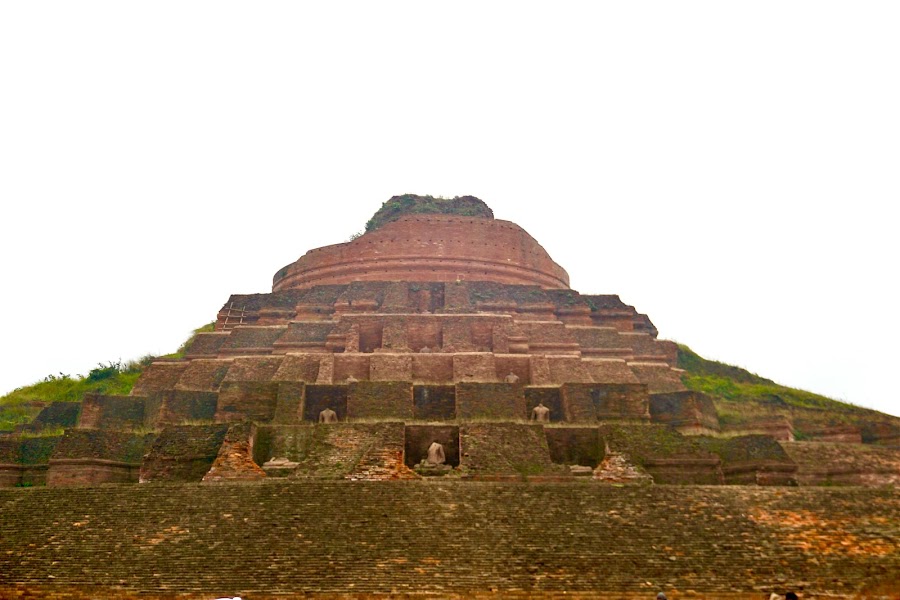
Kesaria Stupa
East Champaran, India
- Explore the stupa's base
- Learn about Buddhist history
- Photography of the stupa
- Reflect in serene environment
- Visit nearby local villages
- Walk around the monument
Known for:
Description:
The Kesaria Stupa, located in Champaran, Bihar, is a magnificent Buddhist monument believed to be one of the tallest and largest stupas in the world. This ancient structure, with its impressive brickwork and tiered design, attracts visitors seeking historical and spiritual insights. Although partially excavated, it still stands as a testament to the rich Buddhist heritage of the region. The stupa’s serene environment provides a peaceful escape, making it a perfect spot for reflection and exploration. Visitors can walk around its base and appreciate the scale and artistry of this ancient marvel. The surrounding area offers a glimpse into the rural life of Bihar.
History:
The Kesaria Stupa's construction is attributed to various periods, with some scholars linking it to the Mauryan era (3rd century BCE) and others to the Gupta period (4th-7th century CE). It is believed that the stupa was built to commemorate a significant event in Buddha's life, possibly his last sermon or his donation of a begging bowl. Over the centuries, the stupa underwent several phases of construction and expansion, resulting in its present-day tiered structure. Despite numerous excavations and discoveries, its full history remains a subject of ongoing research. The stupa's existence highlights the deep-rooted Buddhist influence in this region of India.